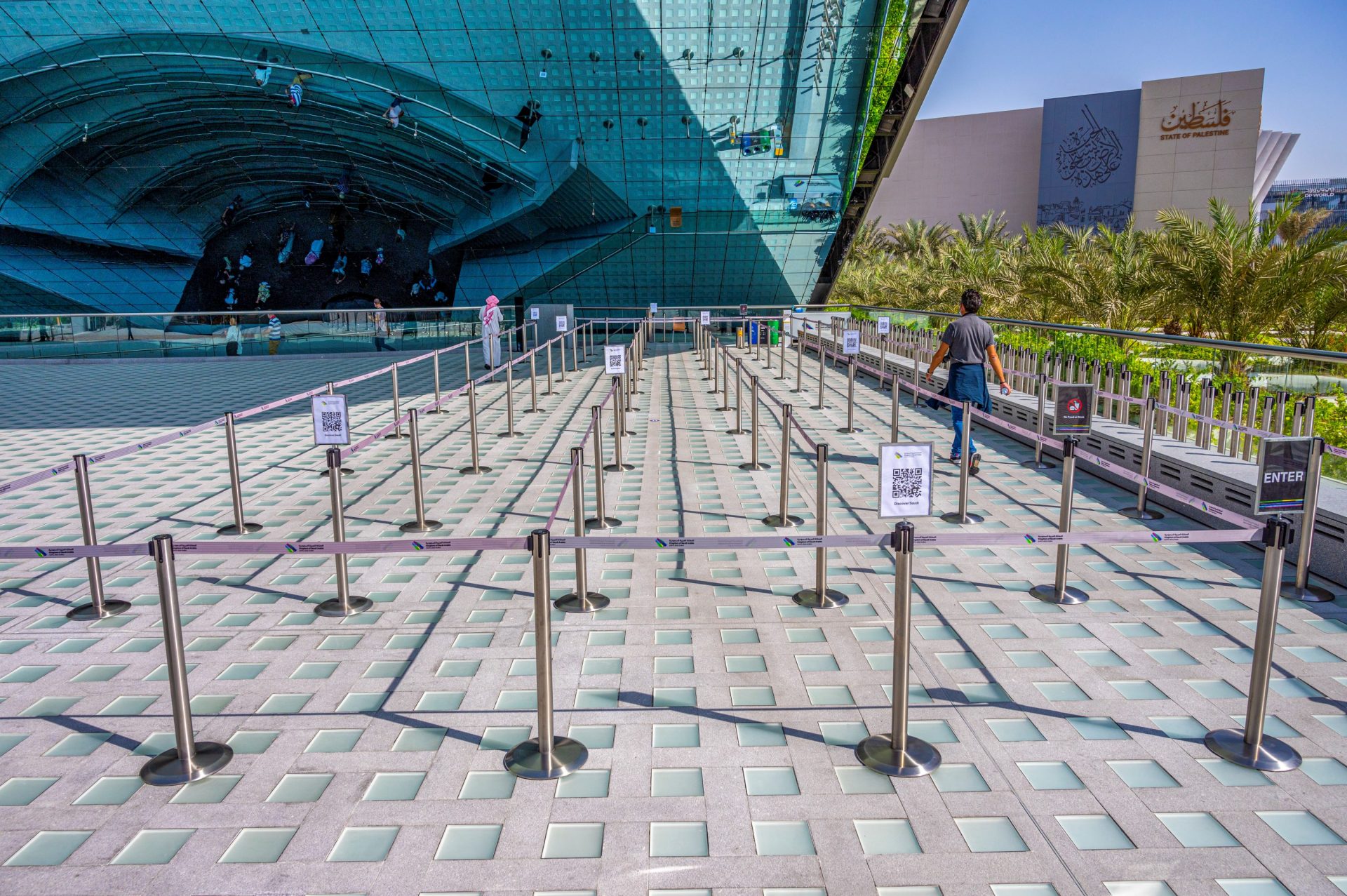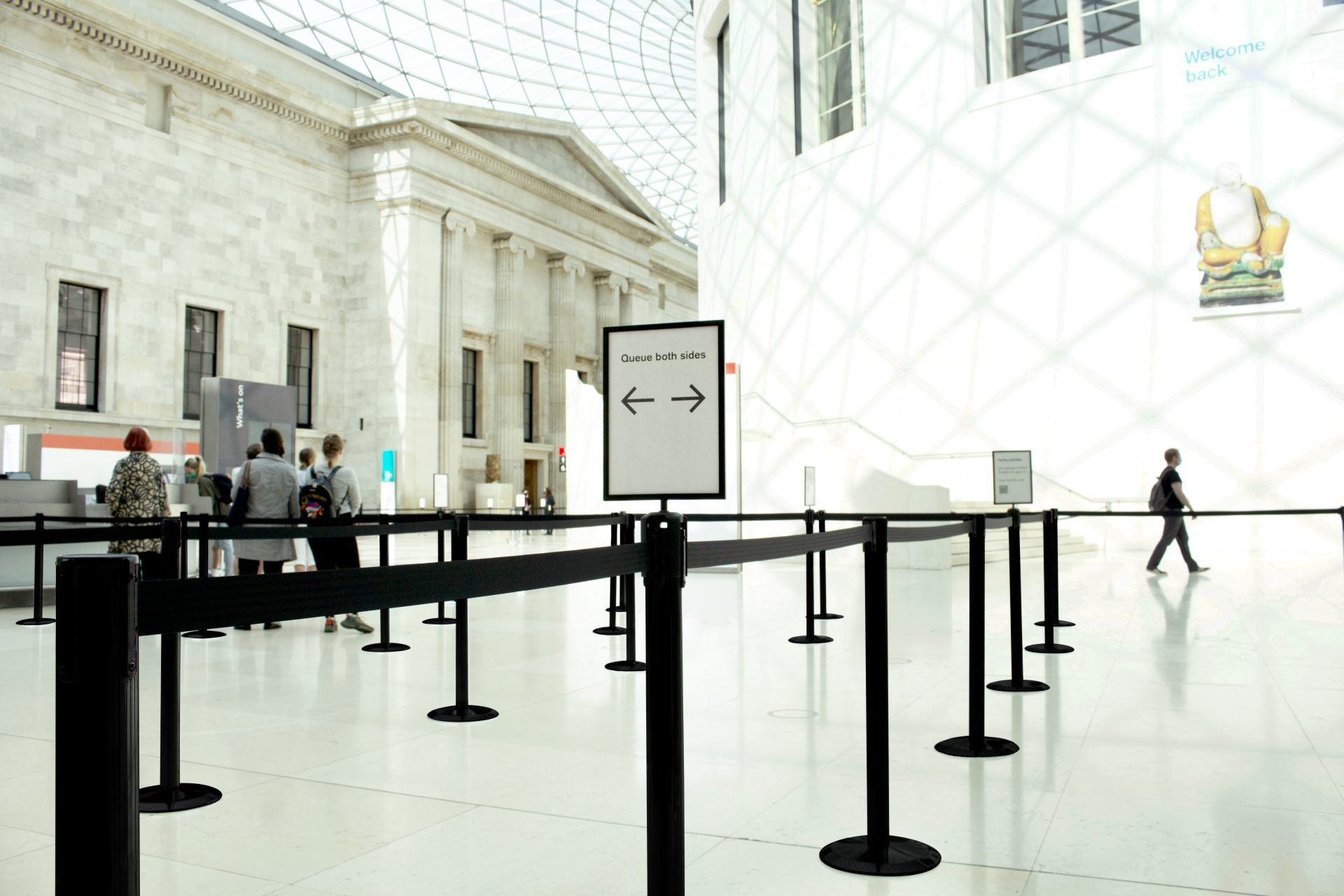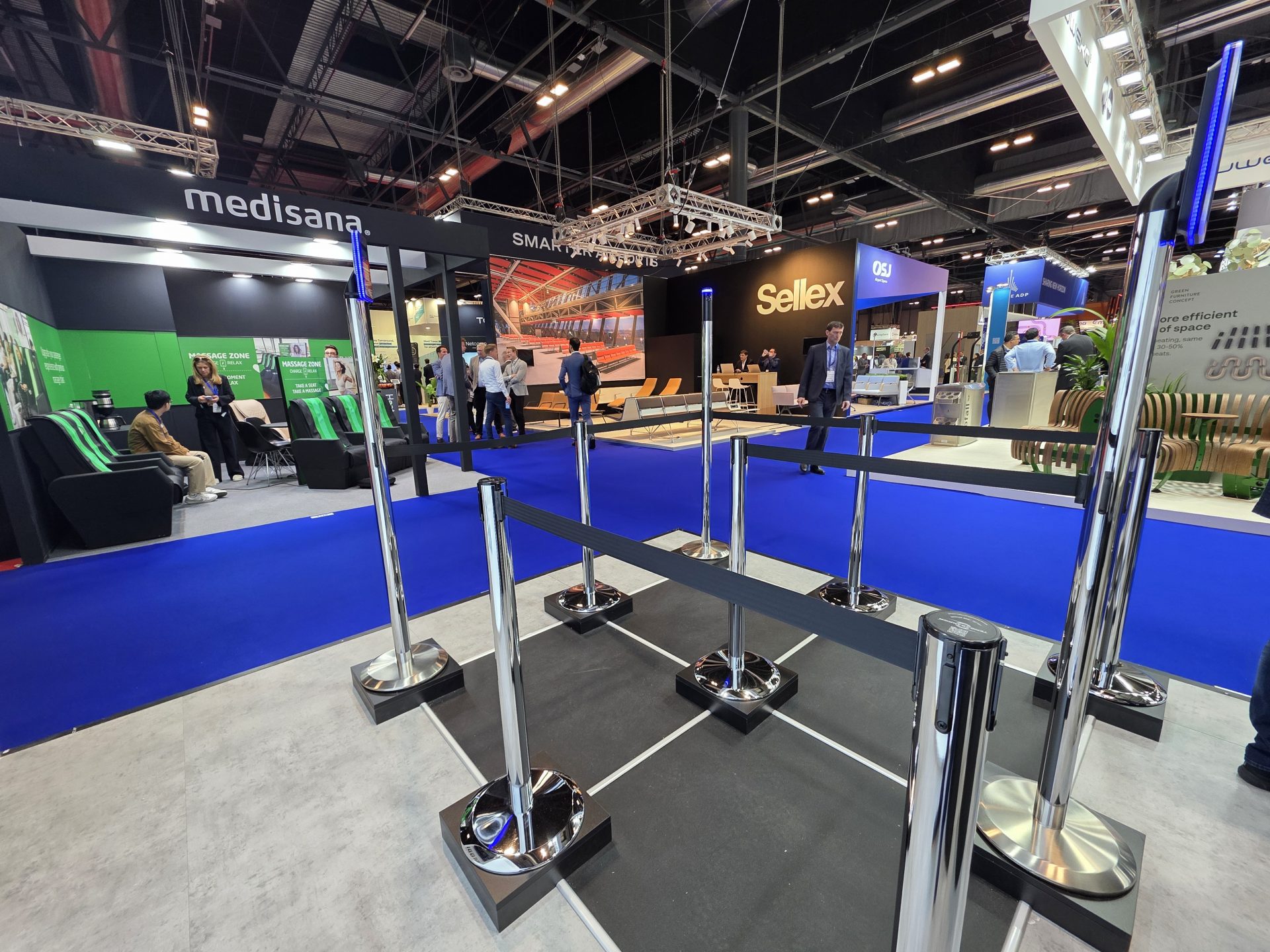Crowd Science 101: Why Queue Design Matters More Than You Think

Your customers’ first impression may not come from a smile — it starts in the line.
Picture this: You walk into a stadium, retail store, airport, or urgent care and the first thing you see is… confusion.
People clustering around the entrance. Lines spilling into walkways. No signs. No direction. Just frustrated faces and staff scrambling to redirect guests.
That’s not just a bad queue. It’s a bad experience, and it can cost you revenue, efficiency, and trust.
Welcome to Crowd Science 101, where we break down how smart queue design shapes satisfaction, safety, and performance in every high-traffic environment.
🎯 What Is Queue Design, Really?
Queue design isn’t just putting up a few barriers or forming a straight line. It’s the strategic planning of space, behavior, and movement to:
- Reduce perceived and actual wait times
- Improve crowd flow and safety
- Create a sense of order, fairness, and ease
- Turn downtime into brand-building time
A well-designed queue isn’t just functional, it feels invisible. It guides people without them realizing it, using a mix of layout, signage, barriers, and behavioral science.
😤 What Happens When It’s Done Poorly?
Poor queue design leads to:
- Frustrated customers who feel lost, overlooked, or annoyed
- Slower operations due to confusion or bottlenecks
- Increased staff strain from manually directing guests
- Missed revenue from abandoned carts, missed concessions, or checkout walkaways
- Safety risks in high-volume or emergency situations
In some industries (like healthcare or transportation), the stakes are even higher — making clear flow not just helpful, but critical.
✅ What Makes a Queue “Good”?
The best queue designs share a few traits:
- Clarity: People instantly know where to go, where to stand, and what’s next
- Flexibility: Queues adapt to traffic surges, peak hours, or special guests
- Engagement: Visitors feel occupied, not bored — through signage, branding, or digital screens
- Control: Staff can guide movement passively, without constant direction
- Safety: Barriers and spacing keep things orderly, especially in emergencies
🛠 Queue Design in Action: More Than Barriers
Effective queue design blends tools and psychology:
- Tensabarrier® retractable systems to form clear lanes and manage flow
- Signage and totems to guide behavior without needing staff
- Branded messaging to promote services and reduce perceived wait time
- Smart layout planning to avoid dead-ends or backflow
It’s not about installing more stuff — it’s about installing the right mix, in the right way.
💡 Ready to Rethink Your Queue?
At Tensator®, we’ve helped organizations around the world design queues that improve flow, safety, satisfaction, and even sales.
Want a second look at your layout?



